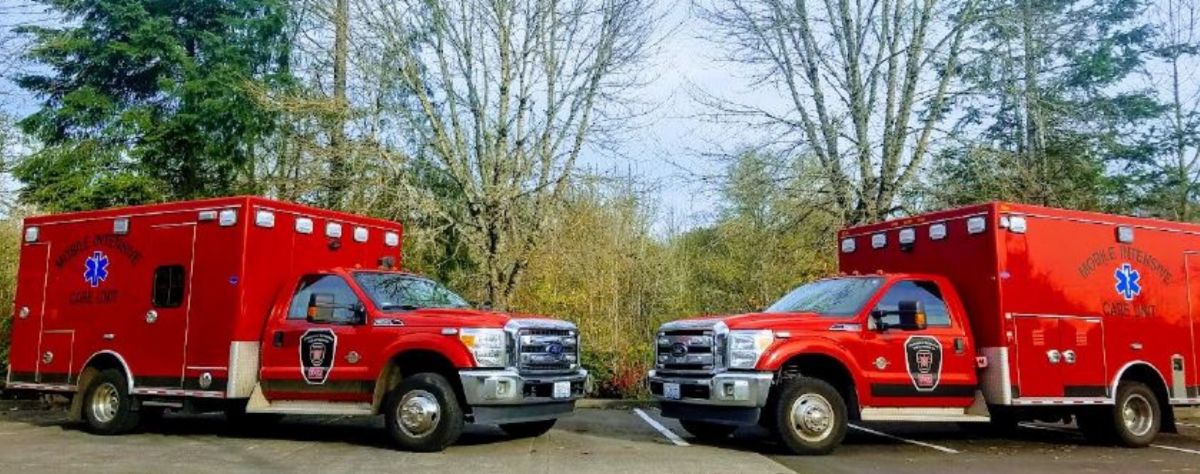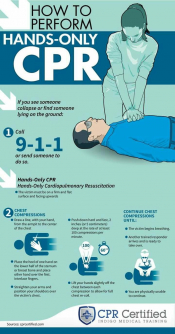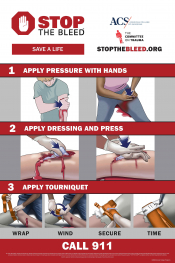EMS

In addition to providing fire protection to the cities of Camas and Washougal, CWFD also provides Emergency Medical Services (EMS) and ambulance transport to the cities of Camas and Washougal and to East County Fire and Rescue.
For medical emergencies, call 911 and appropriate resources will be dispatched to your location.
Are you familiar with Hands-Only CPR? Just 2 Steps Can Help Save a Life!

Why Learn Hands-Only CPR?
Cardiac arrest – an electrical malfunction in the heart that causes an irregular heartbeat (arrhythmia) and disrupts the flow of blood to the brain, lungs and other organs – is a leading cause of death. Each year, more than 350,000 EMS-assessed out-of-hospital cardiac arrests occur in the United States. When a person has a cardiac arrest, survival depends on immediately receiving CPR from someone nearby. According to the American Heart Association, about 90 percent of people who suffer out-of-hospital cardiac arrests die. CPR, especially if performed immediately, can double or triple a cardiac arrest victim’s chance of survival.
Watch the American Heart Association's Hands-Only CPR video for more details.
Music Can Save Lives
People feel more confident performing Hands-Only CPR and are more likely to remember the correct rate when trained to the beat of a familiar song. When performing CPR, you should push on the chest at a rate of 100 to 120 compressions per minute, which corresponds to the beat of the songs such as “Stayin’ Alive” by the Bee Gees, “Crazy in Love” by Beyoncé featuring Jay-Z, “Hips Don’t Lie” by Shakira” or “Walk the Line” by Johnny Cash.
The American Heart Association has teamed up with the Anthem Foundation to teach Americans how to perform Hands-Only CPR. All songs in their 'Don't Drop the Beat' playlist and Anthem Health Champions Station are between 100 - 120 beats per minute, the same rate at which you should perform compressions when administering CPR.

Do you know what to do in the case of severe bleeding? Minutes count!
Uncontrolled bleeding is the number one cause of preventable death from trauma. A person who is bleeding can die from loss of blood within five minutes. No matter how fast emergency responders arrive, bystanders will most often be the first on the scene.
The greater the number of people who know how to control bleeding in an injured patient, the greater the chances of surviving that injury. You may be able to save a life by taking these simple actions right after the trauma:
First – always ensure your own safety! Then, follow the ABC’s of bleeding:
A - Alert ( Call 911)
B - Bleeding (Find the source of the bleeding.)
C - Compress – apply pressure to stop the bleeding by:
- Covering the wound with a clean cloth and applying pressure by pushing directly on it with both hands, OR
- Using a tourniquet, OR
- Packing (stuffing) the wound with gauze or a clean cloth and then applying pressure with both hands.
Please visit the American College of Surgeons Stop the Bleed Guidelines Video - (Also available in a mobile friendly version.)


